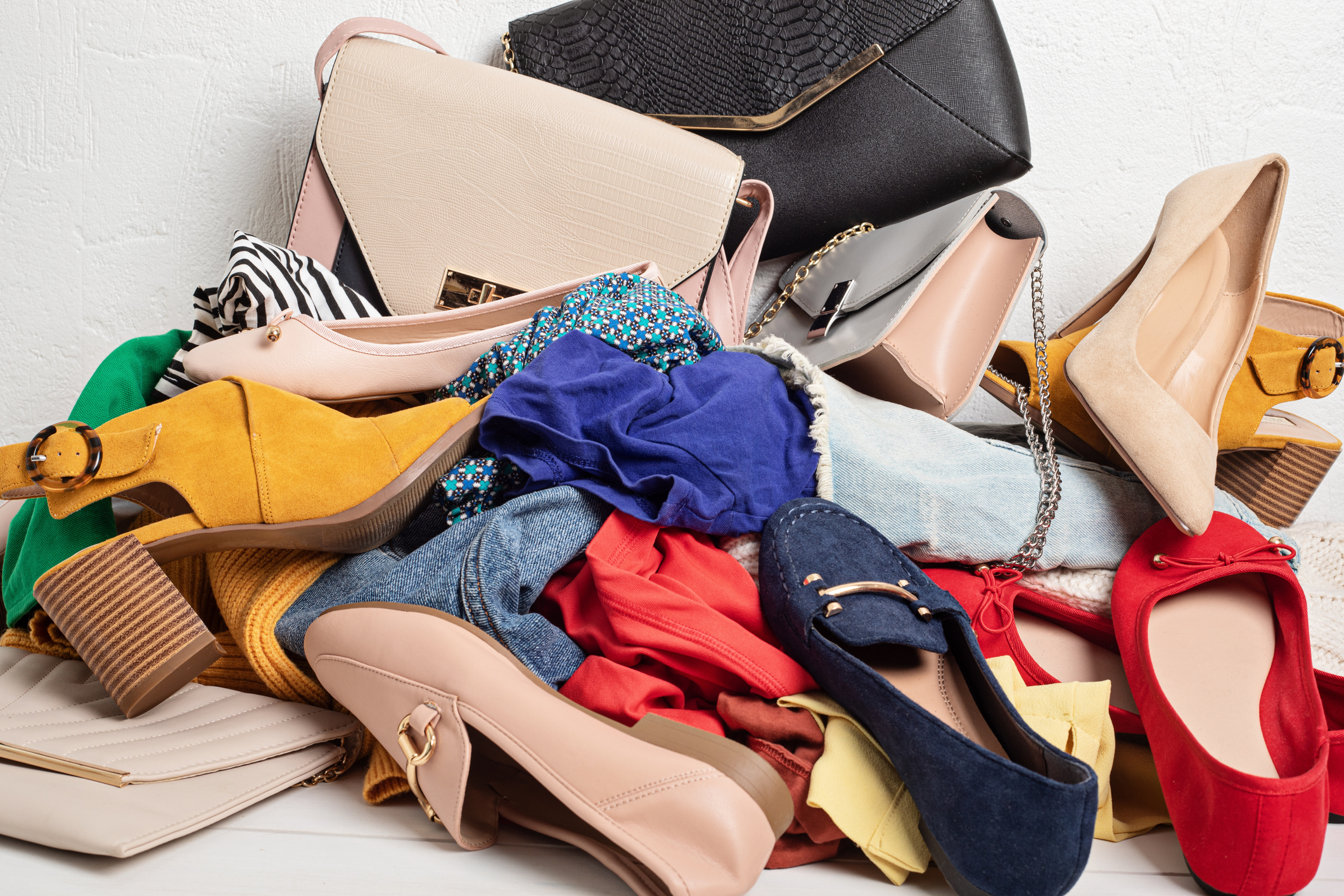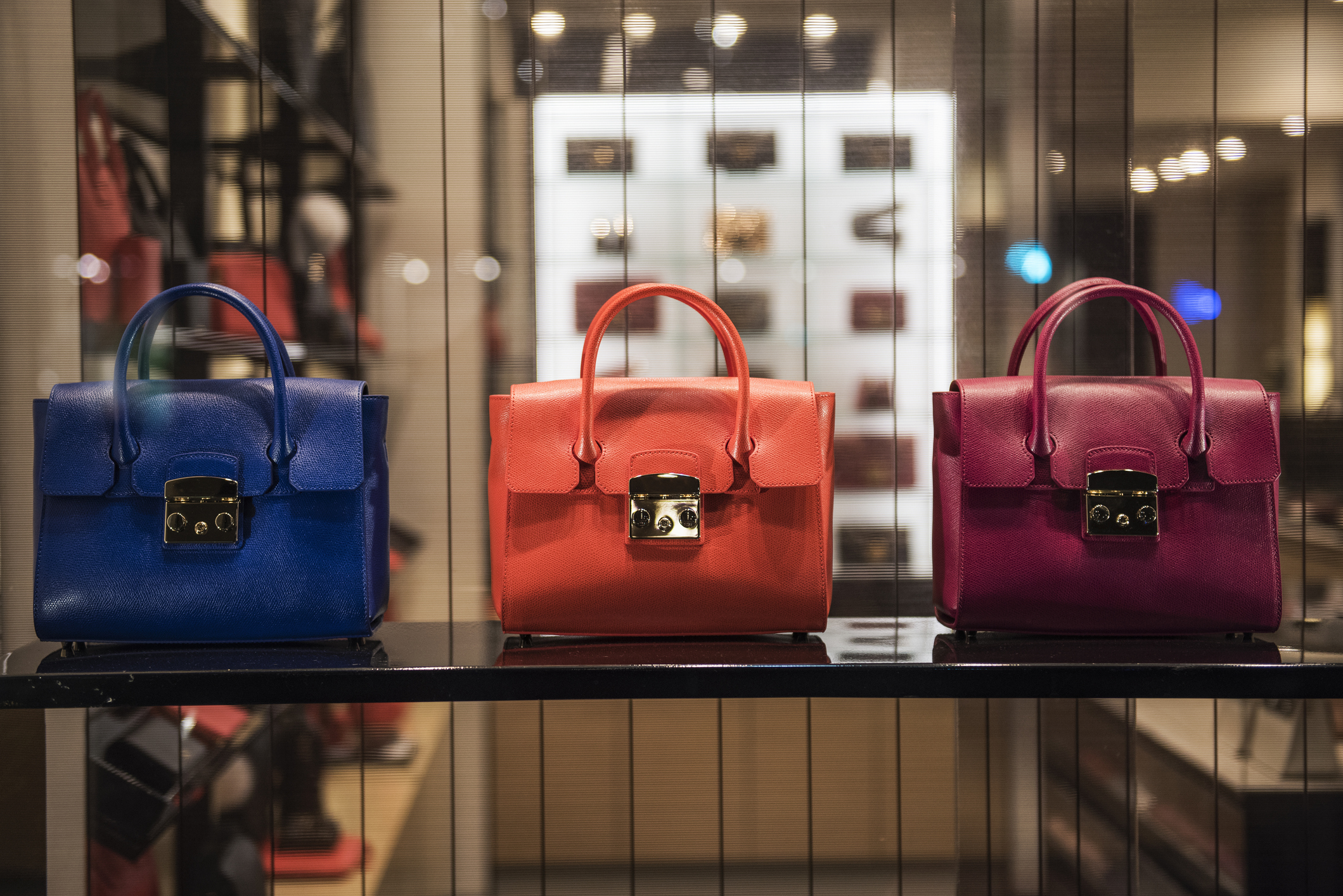Fast fashion is a common concept which allows people to keep up with the latest fashion trends. Often created with cheap materials, fast fashion is an affordable way to stay on-trend.
Although fast fashion is popular and apparel can be found in almost any high street store, this concept has led to several global economic, social and environmental issues.
Favouring sustainable fashion is a fantastic alternative to fast fashion, as it allows you to look trendy whilst protecting the environment. Here at Loofes, we want to give you insight into how fast fashion impacts the environment and how we can help to lessen these impacts.
Table of contents
- What is fast fashion?
- The impact of fast fashion on the environment
- Slow vs fast fashion
- How can we help?
What is fast fashion?
Fast fashion is a phenomenon in the fashion industry which is the key to the overproduction and consumption of clothing. The phenomenon came about in the late 90’s and early 2000’s, allowing people to easily shop for on-trend clothing at affordable prices, sparking the rise of fast fashion.
One of the world’s largest polluters, fast fashion is a design, manufacturing and marketing practice that concentrates on making high volumes of clothing to sell at low prices.
Fast fashion primarily comprises cheap and low-quality clothing, such as shoes or T-shirts, that meets high consumer demand by helping people to stay up-to-date with the latest trends.
It appears in stores to capitalise quickly on trends seen in the media. Fashion brands release new styles frequently in limited quantities, so shoppers buy the clothing when it is popular and on-trend.
After a few wears, another trend emerges, so most of this clothing is discarded as it is no longer popular, impacting the environment.
When did fast fashion begin?
Before the Industrial Revolution, fashion was predominantly slow as everyone had to source their own materials and make clothes. The Industrial Revolution saw the invention of the sewing machine, which allowed for clothes to be made quickly, easily and cheaply.
By the 1960s and ‘70s, younger people were creating new trends to use clothing as a form of self-expression.
The phenomenon exploded in the late 90’s and early 2000’s, when online shopping became popular and fast fashion retailers dominated the high street. Fashion brands such as Zara and Topshop designed clothing with similar patterns to that of the top brands.
These brands would take elements from top brands and reproduce clothing in similar styles at quicker rates and lower prices. With the introduction of online shopping in the mid-90s, fast fashion grew rapidly as people could shop for trendy clothing at all times.
How to spot fast fashion brands
Fast fashion has grown extremely popular, but there are some clear characteristics to help you spot a fast fashion brand:
- Clothes are manufactured offshore in workshops, where workers have low wages, poor working conditions and no human rights
- Short turnaround time of products from the media to the shelves
- Various styles
- Limited quantities of products to increase demand
- Rapid production rates
- Low-quality materials are used. Products quickly become unpopular and end up being thrown away
If you are searching for sustainable fashion, avoid brands that operate using any of the above characteristics.
The impact of fast fashion on the environment
Fast fashion has major ramifications on the environment and the workers who make the clothes. Fashion brands that adopt fast fashion are known for using toxic, cheap dyes that pollute clean water systems.
Clothing produced at high speeds means that consumers dispose of clothing frequently, meaning that huge amounts of waste are created. Some materials used in the manufacturing process of fast fashion are obtained from fossil fuels, which results in increased carbon emissions.
Made from low-quality materials that are quickly disposed of, fast fashion breaks down in landfills, releasing chemicals into the environment. These chemicals can significantly harm animals in the immediate vicinity.
Workers are also majorly affected by fast fashion brands. Fast fashion clothing is produced in offshore workshops where workers are given substandard working conditions and poor wages. Workers are without basic human rights and are exposed to harsh chemicals daily.
Slow vs fast fashion
Society’s infatuation with consumerism, particularly trendy clothing, has led to a major increase in fast fashion. Fast fashion brands supply a constant stream of trendy clothing for everyone. Although fast fashion helps people stay on trend, the environmental effect is detrimental.
Slow fashion is centred around sustainability and is often not sought after by consumers. Furthermore, slow fashion brands move away from the latest fashion trends to create apparel that consists of high-quality and environmentally-friendly materials.
Fast fashion is often created using mass-produced petroleum-based materials, which are quickly discarded as waste. On the other hand, slow fashion is produced in low volumes with long-lasting and locally sourced materials to help create a sustainable industry.
Fashion brands who opt for slow fashion employ workers from the local area and provide them with suitable working conditions, wages and basic human rights. On the contrary, fast fashion means that workers are neglected, and the clothing is made cheaply with poor-quality materials.
Companies who uphold their ethical values to protect their workers and produce sustainable clothing are helping take a major step towards a sustainable fashion industry. Fast fashion may be trendy and more popular, but it has a destructive environmental impact.
How can we help?
We can adopt several methods to help achieve the goal of sustainability in the fashion industry, such as opting for quality over quantity to build a sustainable wardrobe.
Buying higher-quality clothing in smaller batches reduces consumerism and waste, as high-quality clothing will be longer-lasting. As well as buying high-quality clothes, ensure you buy apparel produced with sustainable materials such as organic cotton or organic linen.
If you are looking for clothing for an event that you will only wear once, renting may be your best option for keeping a sustainable wardrobe.
Buying something you will only wear once will eventually result in that clothing item going to waste. By renting, you can return the clothing once worn to help reduce the impact of fast fashion on the environment. Ensure you don’t throw away any clothes as soon as they become slightly damaged or don’t fit anymore to help reduce waste.
Instead, always look to repair your clothes where possible or donate them to charities that would benefit from having your clothing. You should always buy clothing with longevity in mind to ensure you rarely have to buy new clothes.
Make your wardrobe sustainable with Loofes
Fast fashion has a detrimental impact on the environment, and the importance of helping the fashion industry become more sustainable cannot be understated. We can all make a difference and help protect the environment by ensuring care for what goes into our wardrobes.
Why not start updating your wardrobe by browsing sustainable fashion brands such as Tommy Hilfiger, Loake and Birkenstock at Loofes?







